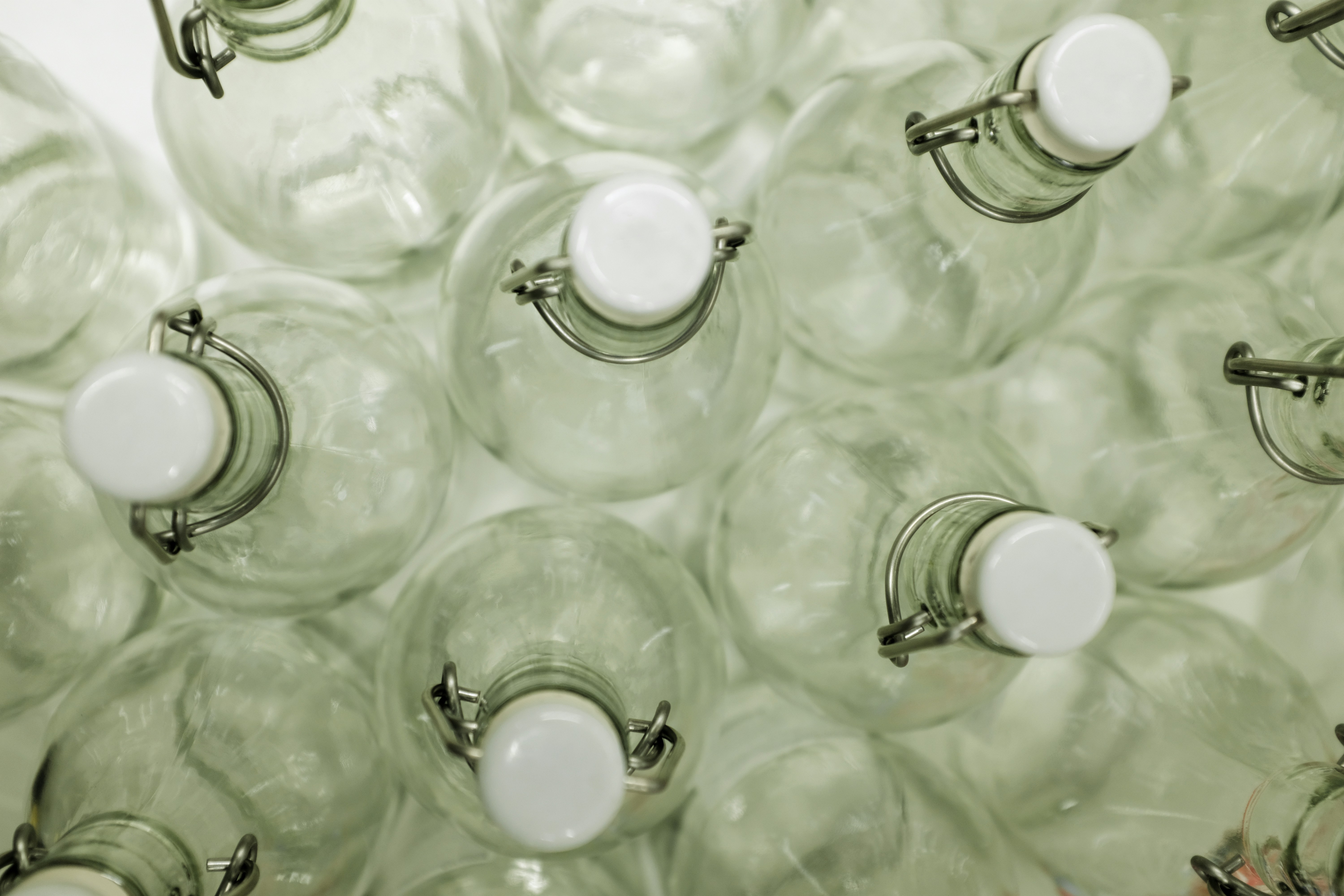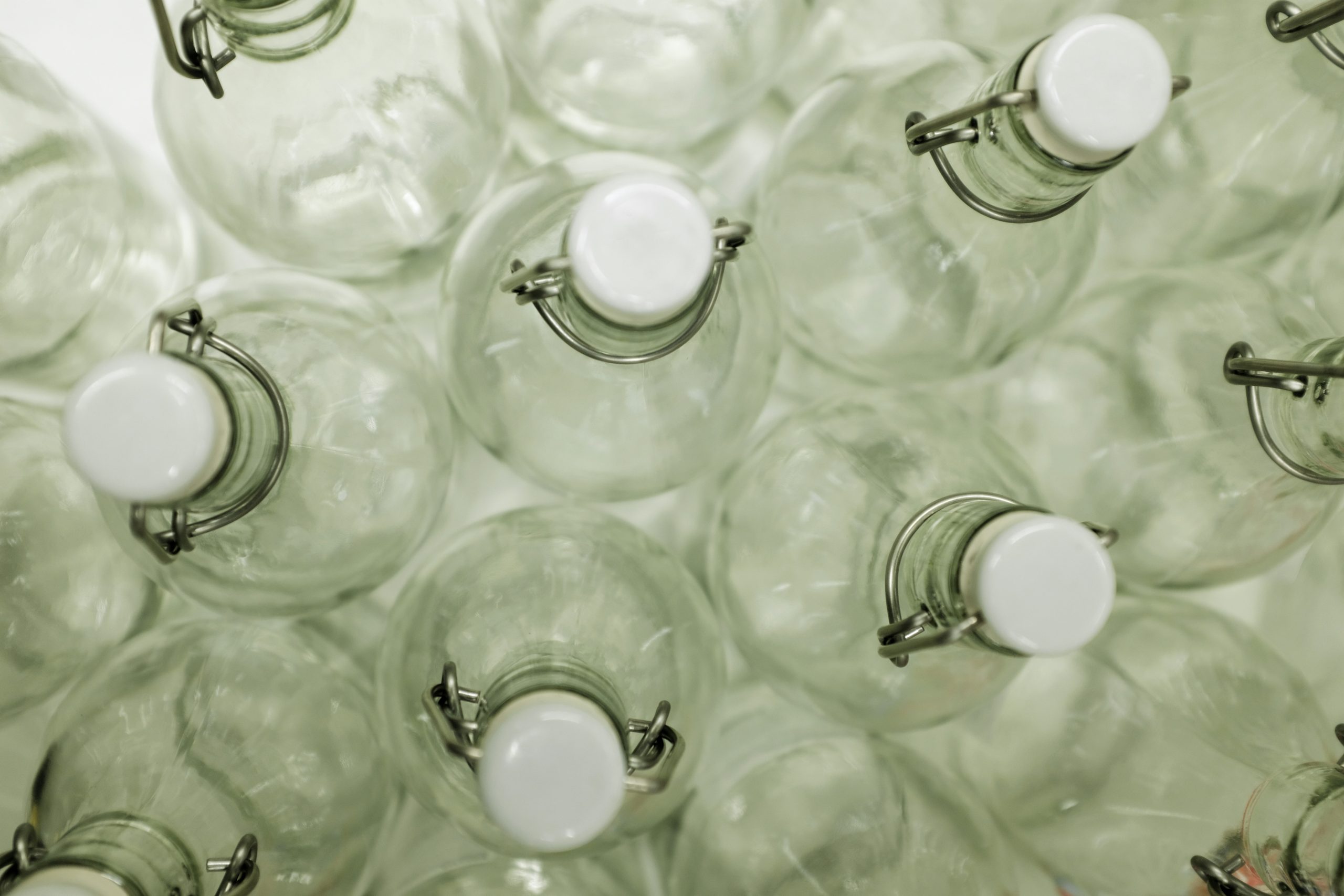Introduction to insulated glass panel sealant
Are you looking to enhance the energy efficiency of your home or office? If so, insulated glass panel sealant might be the solution you’ve been searching for. This innovative product plays a crucial role in modern glazing systems, creating an airtight barrier that helps maintain indoor temperatures and reduce energy costs. As concerns about rising energy bills and environmental impact grow, understanding how insulated glass panel sealant works can empower you to make informed decisions about your property’s insulation needs. Let’s dive into the importance of this essential component and explore its benefits for both comfort and sustainability.
Understanding the importance of energy efficiency
Energy efficiency is more than just a buzzword; it’s essential for sustainable living. As energy costs rise and environmental concerns grow, finding ways to reduce consumption has become paramount.
Improving energy efficiency helps homeowners save on utility bills while contributing to a healthier planet. Every kilowatt hour saved means less strain on power plants and reduced carbon emissions.
Moreover, efficient homes tend to hold their value Insulating glass silicone sealant better in the real estate market. Buyers increasingly seek properties that promise lower operating costs and eco-friendly features.
In many cases, investing in modern solutions like insulated glass panel sealant can be an effective way to enhance energy performance. By decreasing heat transfer through windows, these products help maintain indoor temperatures with less reliance on heating or cooling systems.
A commitment to energy efficiency isn’t just good practice; it makes financial sense while promoting a more responsible lifestyle.
Benefits of using insulated glass panel sealant
Insulated glass panel sealant offers a variety of benefits that make it an essential choice for energy efficiency. First and foremost, it significantly reduces heat transfer. This means that homes stay cooler in summer and warmer in winter, leading to lower energy bills.
Another advantage is its ability to minimize condensation between panes. By creating a tight seal, it prevents moisture buildup, which can lead to mold growth and other issues.
Durability is another key benefit. These sealants are designed to withstand temperature fluctuations and harsh weather conditions without losing effectiveness over time.
Additionally, insulated glass panel sealant enhances sound insulation. It absorbs sound waves efficiently, making indoor spaces quieter and more comfortable.
Using this type of sealant not only improves your living environment but also adds value to your property through increased energy efficiency ratings.
How insulated glass panel sealant works

Insulated glass panel sealant plays a crucial role in maintaining energy efficiency. It functions by creating a barrier between the two panes of glass, reducing heat transfer.
The sealant is often made from durable materials like silicone or polyurethane. These compounds can withstand temperature fluctuations and environmental stressors.
When applied correctly, the sealant fills gaps and prevents air leaks. This means that conditioned air—whether warm or cool—stays inside your home longer.
Moreover, it helps to reduce condensation build-up between the panes. By keeping moisture at bay, it protects against mold and improves overall indoor air quality.
For maximum effectiveness, proper installation is essential. Regular inspections can ensure that the integrity of the seal remains intact over time.
Choosing the right sealant for your needs

Choosing the right insulated glass panel sealant is crucial for maximizing energy efficiency. Different types of sealants cater to varying needs, so consider your specific requirements carefully.
Start by assessing the environment. If you live in an area with extreme temperatures or high humidity, look for a sealant that offers superior durability and temperature resistance.
Next, check compatibility with existing materials. Some sealants bond better with certain glass types than others, affecting overall performance.
Don’t forget about application methods as well. Some products come ready-to-use while others require mixing or specialized tools.
Examine warranties and manufacturer reputations. A trusted brand often reflects quality assurance and long-term reliability for your investment in energy savings.
Installation process and maintenance tips
Installing insulated glass panel sealant requires careful preparation. Start by cleaning the surface thoroughly to remove any dust, dirt, or old sealant residues. This ensures a strong bond.
Once cleaned, apply the sealant evenly along the edges of the home improvemen panels. Use a caulk gun for precision and control. Make sure to fill all gaps without leaving air pockets that could compromise energy efficiency.
After application, allow adequate curing time based on manufacturer guidelines. Avoid disturbing the seal during this period to achieve optimal adhesion.
Regular maintenance is key to longevity. Inspect seals annually for wear or damage, especially after harsh weather conditions. If you notice cracks or peeling, replace them promptly to maintain energy efficiency.
Keeping your windows clean can also enhance performance by maximizing sunlight entry and reducing reliance on artificial lighting.
Real-life examples of energy savings with insulated glass panel sealant
Many homeowners have seen significant energy savings after installing insulated glass panel sealant. For instance, one family in Ohio reported a 30% reduction in their heating bills during winter months. They replaced old windows with modern insulated ones, sealing the edges effectively.
In commercial settings, a local office building upgraded its windows using high-quality sealants and observed an impressive drop in cooling costs. Employees enjoyed improved comfort levels too.
Another example comes from a school district that invested in sealed insulated glass for their classrooms. The result? A steady decrease in energy expenses and enhanced learning environments free from drafts.
These real-life scenarios highlight how insulated glass panel sealant not only cuts costs but also fosters comfortable spaces for families and businesses alike. Each success story underscores the enduring impact of proper sealing on energy efficiency across various applications.
Conclusion
Insulated glass panel sealant plays a crucial role in enhancing energy efficiency within homes and commercial buildings. By creating a robust barrier against air and moisture, this specialized sealant helps maintain consistent indoor temperatures, ultimately reducing heating and cooling costs.
The benefits of using insulated glass panel sealant are numerous. Not only does it improve the overall comfort of your living space, but it also contributes to lower energy bills over time. With an array of options available on the market today, choosing the right type for your specific application is essential.
Proper installation is key to maximizing the effectiveness of your insulated glass panel sealant. Following best practices during installation can extend its lifespan and ensure optimal performance. Regular maintenance checks will help you spot any potential issues before they escalate.
Real-life examples demonstrate impressive energy savings achieved through effective use of insulated glass panel sealants. Homeowners have reported significant reductions in their utility bills after upgrading their windows with these advanced materials.
Embracing insulated glass panel sealant not only enhances comfort but also promotes sustainability by reducing energy consumption. Investing in quality products can lead to long-term financial benefits while contributing positively to our environment.



